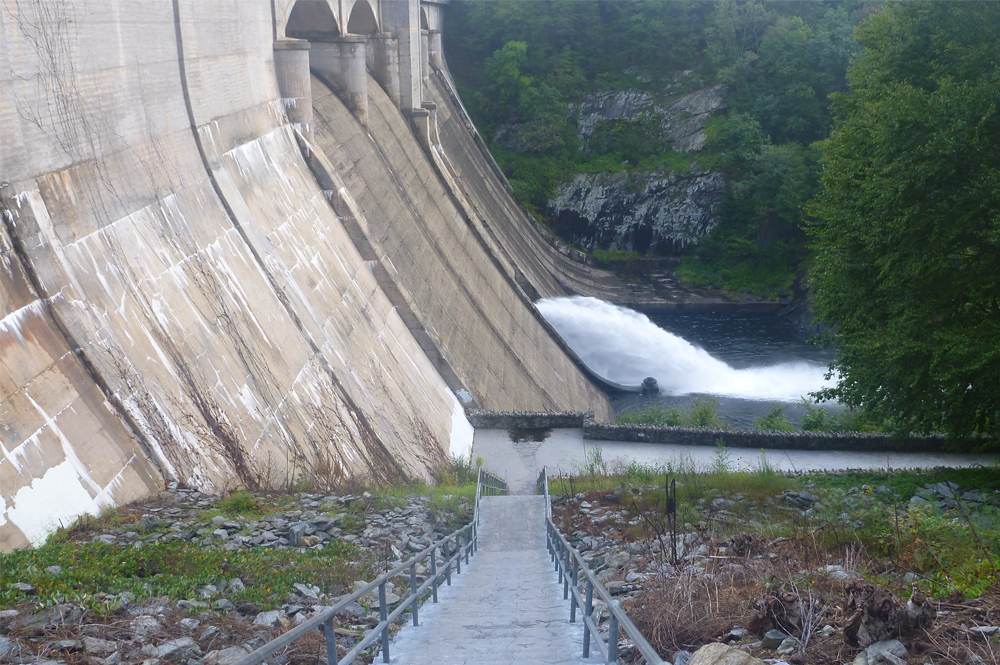



Baltimore has one of the best public drinking-water supplies in the country, with a celebrated history of protecting these systems from pollution and delivering water quickly and efficiently to Baltimore-area residents. Maintaining the water supply’s quantity and quality is essential to the safety and livelihoods of millions. Well-known threats such as bacteria, algae, pesticides, fertilizers, lead, and road salt are challenging enough to mitigate, but emerging threats like microplastics and pharmaceuticals present new dangers to Baltimore’s water. These pollutants can form what scientists call “chemical cocktails,” interacting in ways that are only beginning to be understood.
Scientists and activists are raising alarms about a specific class of chemicals: PFAS, a collection of nearly 5,000 “forever” chemicals found in common household items. PFAS, or per- and polyfluoroalkyl substances, are resistant to water, oil, and heat, and have a multitude of uses. Food wrappings, waterproofing sprays, carpeting, fire retardants, and many other household products contain PFAS. These chemicals never break down in the environment, and they cannot dissolve in groundwater or drinking water supplies. PFAS are consequently found in many water supplies, our food supply, and even the air. Ingesting PFAS can lead to a host of harmful health outcomes, including cancer, miscarriages, thyroid problems, and low birth rates.
This report, by environmental journalists Rona Kobell and Van Smith, examines the threat of PFAS in Baltimore’s historically highly regarded water supply. The report finds that in the absence of federal leadership, states and localities are leading the fight against dangerous chemicals in the water supply. The federal government has failed to add any new chemicals to its list of regulated drinking-water contaminants since 2000. Thousands of new chemicals have been manufactured in that time, leaving states and localities on their own to decide which, if any, of these emerging threats they should test for and work to mitigate. The most significant action taken by the federal government regarding PFAS is a non-enforceable health advisory for PFAS concentrations in drinking water, and most mitigation has come from litigation or localized responses.
In Maryland and in Baltimore, efforts to measure PFAS have begun, and the legislature is seeking opportunities to reduce the risk of PFAS contamination. The report outlines local, state, and federal reforms that can help protect us from chemical cocktails in our drinking water.